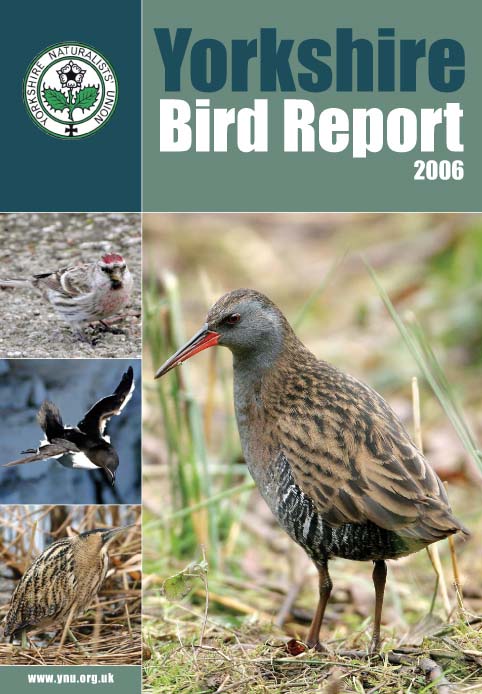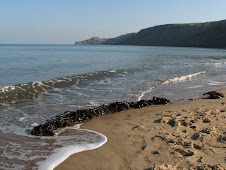Age of the bird moan
I'm busy trying to write up skuas for the next YNU report. It would be nice if I could indicate when the first juveniles came through for each species but it's hard to do that on the information in front of me. That's not a criticism of the local bird reports I'm using as my source material as they will have exactly the same problem. I find that the term "immature" is used quite often when "juvenile" is intended. Unfortunately "immature" with skuas could also cover the whole range of plumages between juvenile and adult, many of which are difficult to determine in the field, whereas "juvenile" Stercorarius skuas are generally pretty distinct (it's from 1st summer onwards they tend to become tricky beggars). With a whole range of species I've noticed that the term "juvenile" is used well into the winter and even spring when this is not the plumage the bird is "wearing" - even BirdGuides appears to do this sometimes. I will admit to not being a wizz with moult and plumage, I have to look stuff up. Whilst writing this I had a bit of an excursion to the US and found this - click here - a pretty useful (and very interesting) guide even if it uses the US terminology. The late Pete Grant writing in 1982 made the same complaint. With gulls and skuas if you don't attempt to determine an individual bird's age I'm not sure that you are going to be able to determine its species with any greater certainty (bit of an exaggeration but a grain of truth is within). The "General Information" section of Pete's gull book is still very useful (and wow that pic of a 1st winter Med Gull in the back photo section is a cracker).
Stock Doves all lovey-dovey (ho-ho-ho) all around the fields nearby - and singing; Song Thrush singing, Tree Sparrows again. Marsh Tit and Siskin now notable by their absence.
The sea at Runswick Bay was rather uneven, sand storms blew occasionally across the beach to the accompaniment of some wailing and complaining by offspring, Ringed Plovers were the only notable birds.
Stock Doves all lovey-dovey (ho-ho-ho) all around the fields nearby - and singing; Song Thrush singing, Tree Sparrows again. Marsh Tit and Siskin now notable by their absence.
The sea at Runswick Bay was rather uneven, sand storms blew occasionally across the beach to the accompaniment of some wailing and complaining by offspring, Ringed Plovers were the only notable birds.










6 comments:
A good way to age male Chaffies is by the colour of the edges to the tertials ( rusty on adults, off white on imms) and the contrast in the greater covs from glossy black to dark brown, and the whiteness and width of the GC BAR.
s...
m...)
I have tried to see from your photo but the bird is the wrong way around. I guess at its a 5M ( fw in euring code)???
I had already tried to age this individual from the photo using Svensson. The shape of the tail feathers can't be made out, well the ones on the bird's right look adult and those on its left look 1y. The presence (or not) of unmoulted outer greater coverts also can't be seen. I wasn't aware of the other features but my Svensson is rather ancient (1975) I'm guessing you're more up to date than me, perhaps I should buy the latest edition! Thanks for the help Stewart.
Hi Alastair, I dont think those features are in Svensson. I was taught to ring by an old chap who had ringed thousands of chaffies and his tertial theory was usually right. I find tail shape of them trick and certainly not as clear cut as on sy siskins or redpolls...
I find tail shape quite tricky. Now I'll have to photograph more Chaffinch to look at your feature :-) Fortunately there are still 50 or so at any time most mornings if I remember to get the food out.
Hi
It too was a mystery to me re. juvenile gulls in late winter, why not first-winter. Then I bought The Helm Gulls Guide (Olsen + Larsson) who claim most large gulls retain juv plumage through their first winter.
Nick Addey
Post a Comment